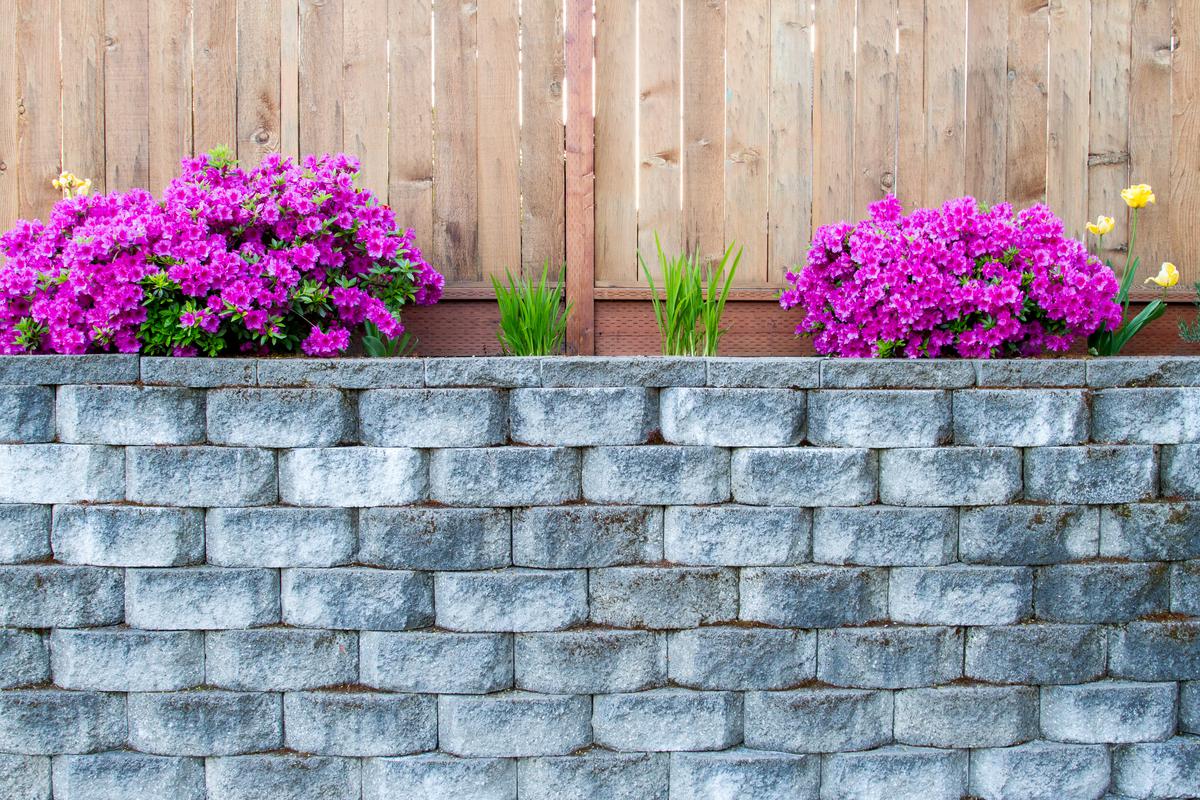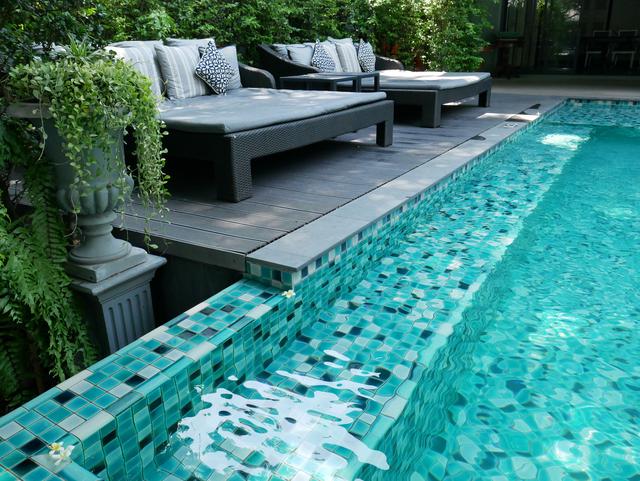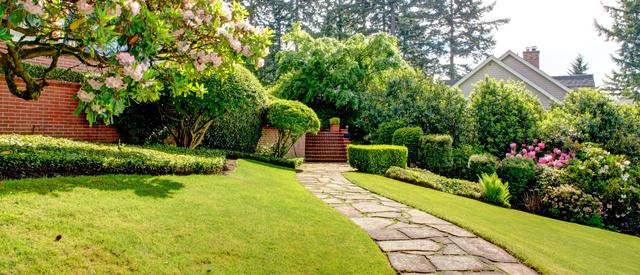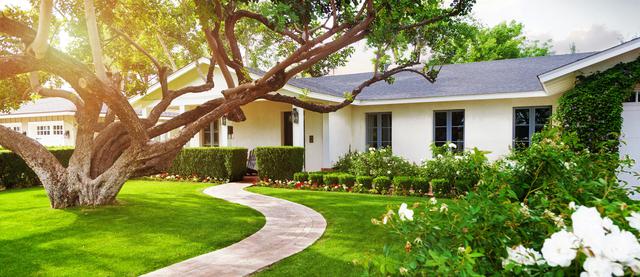Retaining walls are not only functional, providing support and preventing soil erosion, but they can also enhance your landscape's aesthetics. When building a retaining wall over three feet tall, it's essential to select the proper materials to ensure durability and stability. This article will walk you through the necessary materials for constructing a long-lasting and attractive retaining wall.
Laying a Strong Foundation: Base Material and Compaction
The base material is the first layer of your retaining wall and provides a stable foundation. Crushed stone or gravel is commonly used, as it offers excellent drainage and compaction. Before laying the base material, compact the soil thoroughly to prevent settling and ensure a level surface.
Choosing the Right Wall Blocks: Material and Style
Retaining wall blocks come in various materials, including concrete, natural stone, and bricks. Concrete blocks are popular due to their affordability, strength, and versatility in design. Natural stone, such as granite or limestone, offers a more rustic and organic appearance, while bricks provide a classic and timeless look. Select the material that best suits your landscape's style and the wall's structural requirements.
Reinforcement: Geogrid and Deadmen
For walls over three feet tall, reinforcement is crucial to prevent collapse. Geogrid, a synthetic mesh material, can be used to stabilize the soil behind the wall and increase its strength. When building a timber retaining wall, deadmen, or timber tiebacks, can be used for additional support. These are long pieces of timber anchored perpendicular to the wall and buried in the soil.
Drainage: Perforated Pipe and Drainage Stone
Proper drainage is essential to prevent water buildup behind the wall, which can lead to instability and damage. A perforated pipe should be installed behind the wall at its base to collect and redirect water away from the structure. Additionally, use drainage stone, such as crushed gravel, around the pipe to facilitate water flow and prevent clogging.
Capping the Wall: Wall Caps and Adhesive
Wall caps are the finishing touch to your retaining wall, providing a polished appearance and protecting the underlying blocks from weathering. Choose caps that complement the wall material and style. Secure the wall caps in place using a high-quality construction adhesive designed for outdoor use and compatible with your wall material.
Build with Confidence
By selecting the appropriate materials for your retaining wall and following proper construction techniques, you can create a visually appealing and structurally sound addition to your landscape. Remember that local building codes may have specific requirements for retaining walls over a certain height, so consult with a professional if necessary. With the right materials in hand, you're ready to build a retaining wall that stands the test of time.






comments